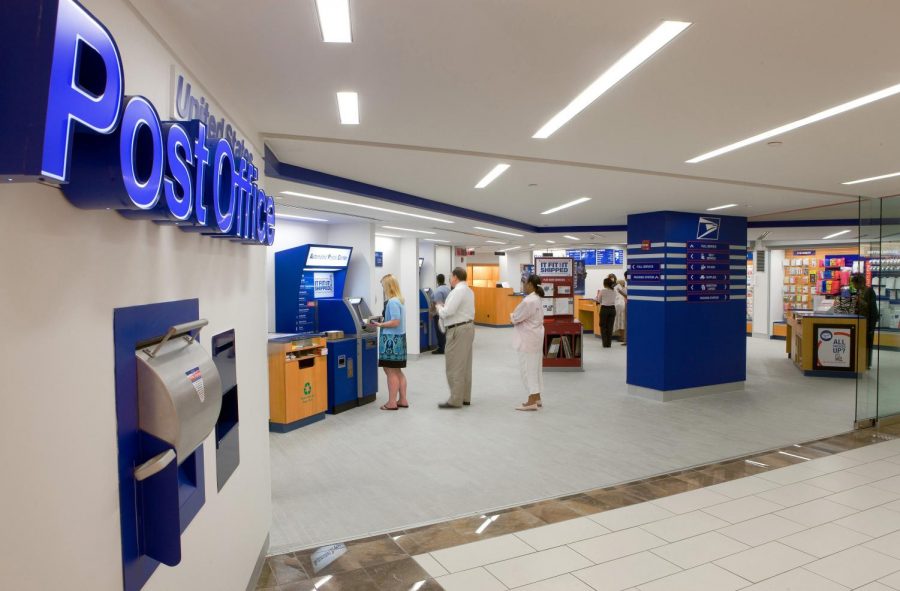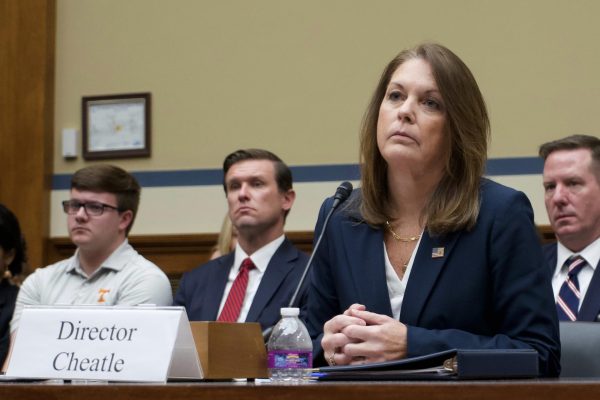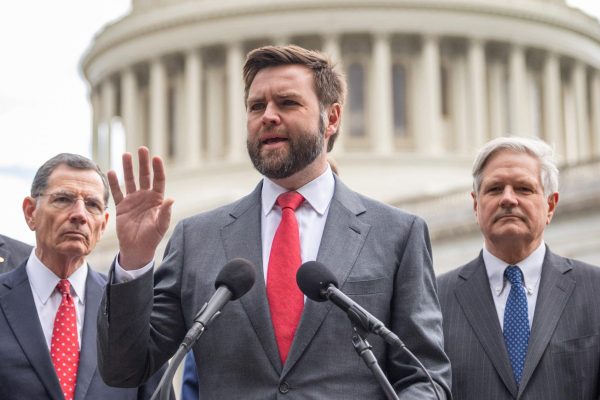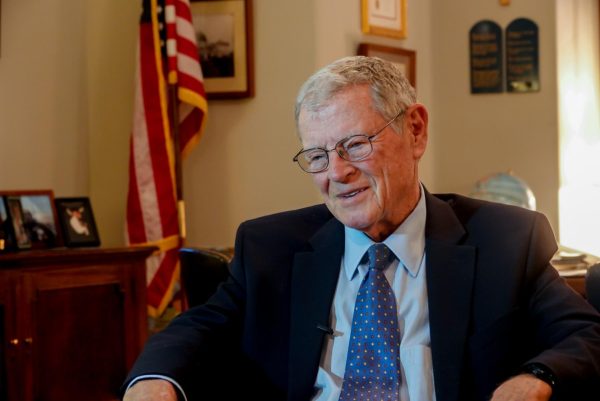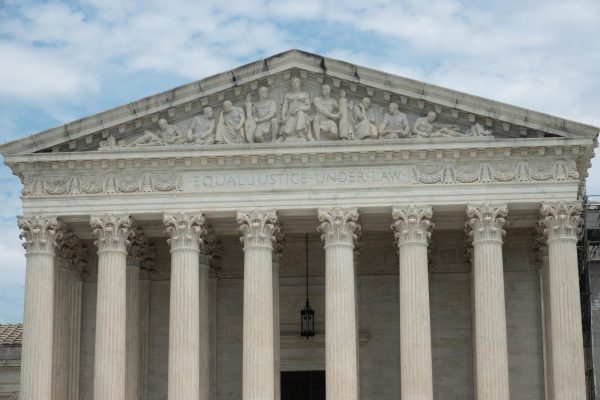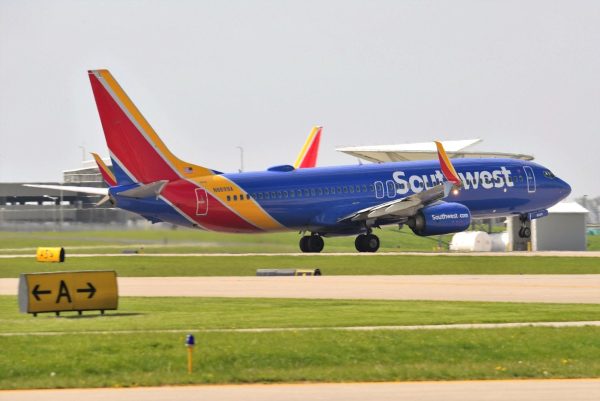Newspapers face challenge with postal rate increase
The price of several United States Postal Service mailing services will increase on Aug. 29 as part of their Delivering to America plan. (Courtesy: USPS)
A planned postal rate increase by the United State Postal Service to offset projected losses has stoked opposition from publishers and mailers, as well as members of Congress.
“We believe that the PRC, Postal Regulatory Commission, did not have the authority to approve a rate increase above the rate of inflation, which is what they did,” said Brett Wesner, National Newspaper Association chair and owner of 10 newspapers in western Oklahoma, including the Cordell Beacon. “If they don’t have the right to do it, it can’t hold. It has to be reversed.”

The postal service announced its intention to increase the cost to mail letters and postcards by 6.9% on average beginning Aug. 29. Postage for magazines, newspapers and catalogs will rise by 8.8%, which is a big concern for newspaper owners, especially on the heels of a 1.8% increase in January.
Oklahoma Rep. Frank Lucas (R, Cheyenne) joined 11 other House Republicans and nine House Democrats in writing a letter on July 1 asking the postal service to postpone the increase until January 2022. The letter said the increase is “premature and counterproductive.
“We have heard clearly from employers in our districts and across the nation that a second increase in a single year will be highly disruptive and result in significant job losses and significant reduction in their use of Postal Service mail services,” the lawmakers said in their letter. “Many of these companies, especially small businesses, cannot afford a second increase, saying such action will reduce revenues and lead to job losses.”
The increase will also impact businesses, with prices rising for shipping out marketing materials.
The Postal Regulatory Commission, which is an independent agency that oversees the Postal Service, endorsed the price increase request on July 19, allowing the USPS to proceed with the increase. Despite the endorsement, the proposal has been met with opposition.
The newspaper, magazines and nonprofit mailers filed a petition in the U.S. Court of Appeals for the D.C. Circuit on April 13, seeking to review the PRC’s authority to approve price increases above inflation. Oral arguments were set for Sept. 13.
On July 26, the group asked the court to put the increase on hold at least until the court makes a decision on the appeal. The court has not yet responded.
Wesner said community newspapers rely almost completely on the postal service to deliver their papers. With both the newspaper and their readers struggling during the pandemic, it is not possible to pass the cost to their customers.
“We really feel that this is an inappropriate move, it’s not necessary. And the timing is horrible,” Wesner said. “The rates haven’t gone into effect yet, so we haven’t seen any newspapers close specifically because of these rates. But it wouldn’t surprise me at all to see some just say: well this is the final straw.”
Wesner said more than 2,000 newspapers have closed in the past 10 years, for various reasons such as decreasing readership and advertising.
Phillip Reid, who owns 11 Oklahoma newspapers, said it is difficult to increase the price of newspaper subscriptions in small markets, because readers think newspapers should not be expensive. Postal rate increases reduce the profit margin significantly, he said.
“In all of our towns that [our newspapers] are in, we’re the biggest customer for the post office,” Reid said. “Now, it feels like a penalty.”
Reid’s printing facilities send out about 65,000 copies and Wesner sends out about 20,000 copies weekly. With more than 200 local newspapers in Oklahoma and thousands across the country, Wesner said, if the postal rate increases are approved, some papers will go out of business and it will not help the post office’s business either.
Jeff Mayo, owner of seven Oklahoma newspapers, said newspapers are under tremendous pressure to continue covering their communities because of the shrinking number of locally-owned newspapers.
“We firmly support our post office, but this rate increase on top of the likelihood of reduced service is not good business. Not for the newspaper and not for our readers,” Mayo said.
Harve Allen, a spokesperson for the Oklahoma City Chamber of Commerce, said nonprofit organizations will also be affected, due to the mailers they send out asking for donations.
Scott Martin, Norman Chamber of Commerce president, said businesses could be hurt because “these increased rates could dramatically impact their overhead, thus increasing the cost of goods and services charged to their customers.”
Next month’s price increase is part of the Delivering to America plan, which the postal service said would reverse a projected $160 billion in losses over the next 10 years. Postmaster General and CEO Louis DeJoy said that even with the increase, the USPS has some of the lowest postage rates for letters in the world and continues to offer a great value in shipping.
The postal service has also suggested cutting post office hours and extending the time it takes to deliver mail since the agency will switch some services to ground transportation instead of air transportation. The Postal Regulatory Commission has already rejected increasing shipping times.
Lawmakers said they are working on several postal reform proposals to provide Postal Service financial relief from longstanding and unique funding obligations. For instance, the Postal Service Reform Act will include the removal of the requirement that the Postal Service pre-fund all its retiree health care benefits.
“While we continue to work to ensure the long-term financial sustainability of the Postal Service through legislation, we believe it is vital that the Postal Service not take any action that will weaken its long-term financial success by chasing customers out of the mail market,” they wrote.
Gaylord News is a reporting project of the University of Oklahoma Gaylord College of Journalism and Mass Communication.

[email protected]
https://twitter.com/vyl_media
https://www.linkedin.com/in/vyl69/

